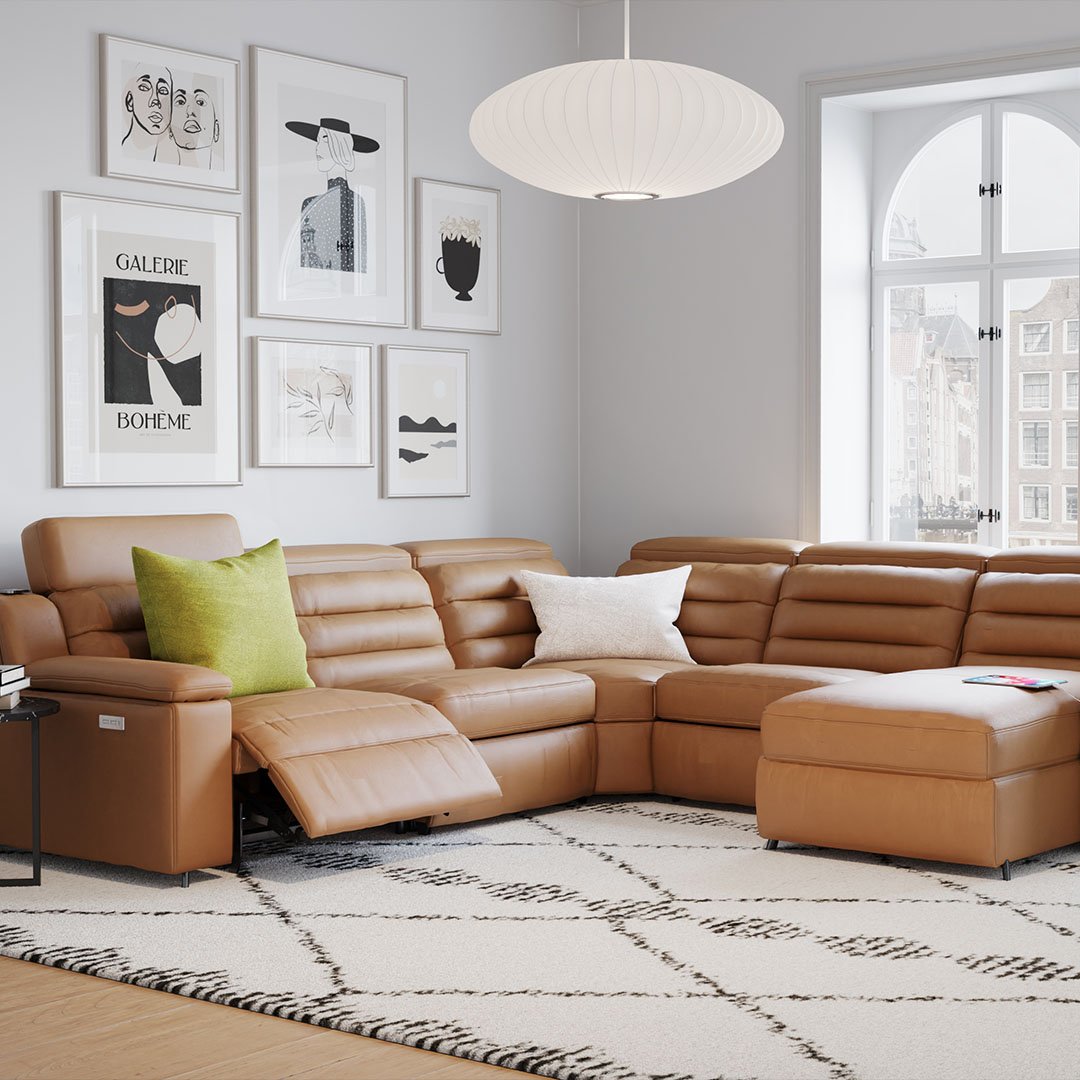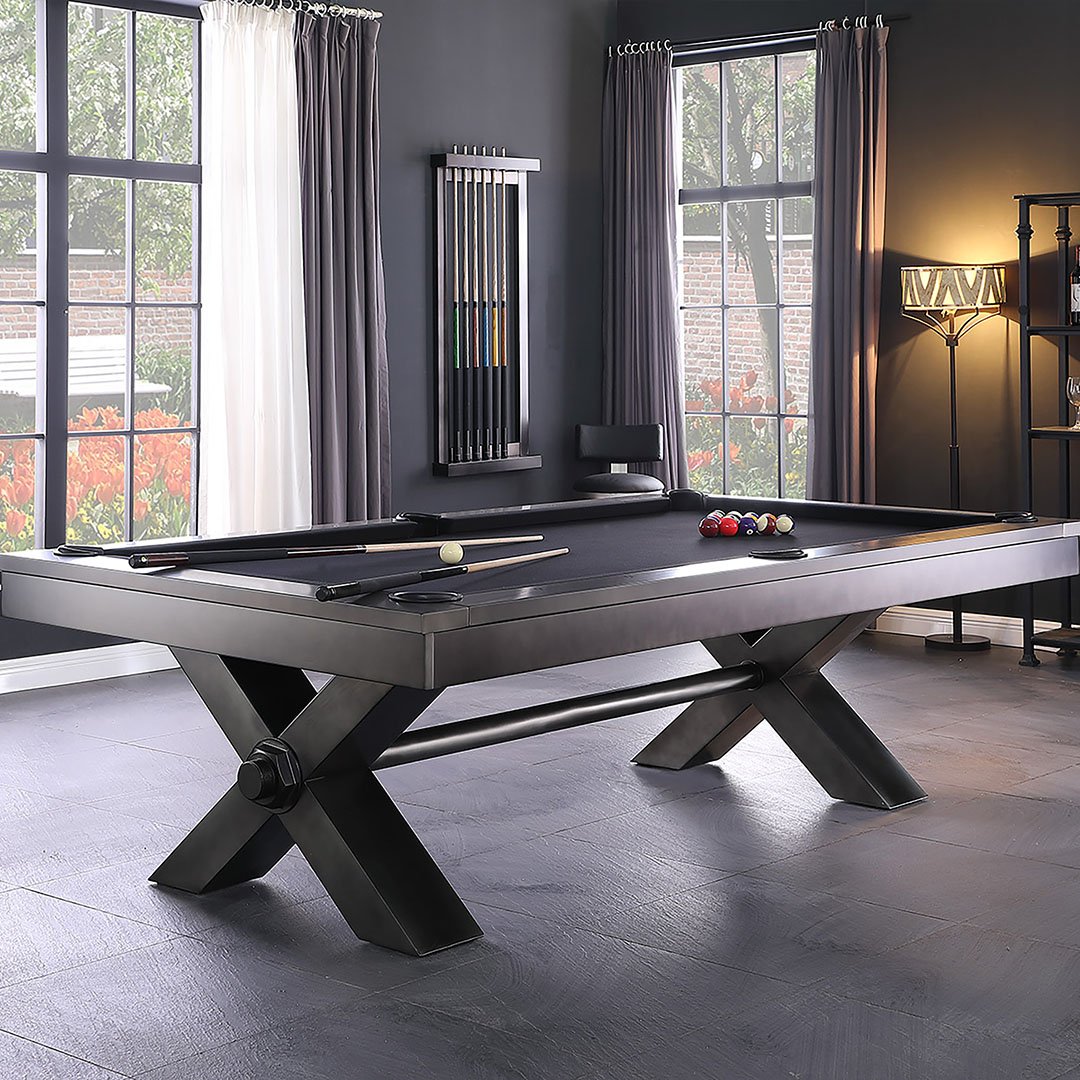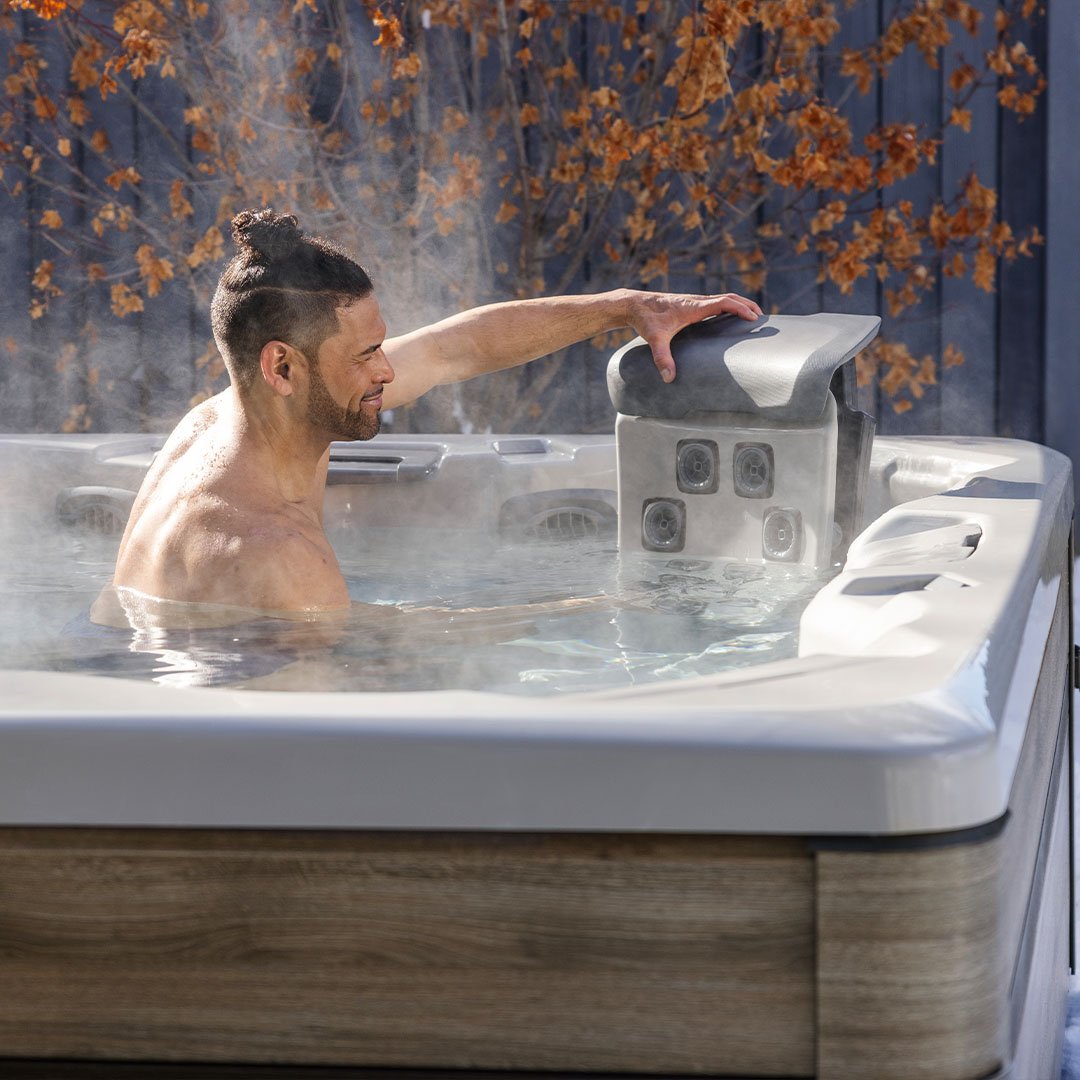Home Theater Seating: The Ultimate Guide to Comfort and Layout
When designing a home theater, the seating arrangement is just as important as the screen or sound system. The right seating layout ensures that everyone enjoys a comfortable and immersive viewing experience. From selecting the best type of chairs to figuring out the optimal distance from the screen, this guide will help you design the perfect home theater seating setup.
Why Home Theater Seating Matters
Home theater seating goes beyond just picking comfortable chairs. The placement, design, and features of your seats directly influence your viewing and listening experience. Poor seating choices can lead to discomfort, obstructed sightlines, or inadequate sound distribution, all of which can ruin the experience. A well-designed seating layout ensures everyone in the room has the best seat in the house, both in terms of comfort and visual/audio quality.
Step 1: Determining Room Size and Seating Capacity
Measure Your Room
Before you start thinking about the type of seats you want, you need to know how much space you have to work with. Accurately measuring your room is crucial to determining how many seats you can fit without making the space feel cramped.
- Width and Length: A good rule of thumb is to leave at least 3-4 feet of space between the seats and walls for easy movement.
- Ceiling Height: For multi-row seating, a higher ceiling (9-10 feet) allows you to install risers for back rows, giving each row a clear view of the screen.
Calculating Seating Capacity
The number of seats you can fit depends on the size of your room and the type of seating you choose. Here’s a quick guide to estimate seating capacity:
- Single Row Layout: For smaller rooms, a single row of seating may be the best option. Plan for at least 3 feet of space in front of each seat for legroom.
- Multi-Row Layout: If your room allows for more rows, you'll need at least 6 feet of space between rows to provide enough clearance for viewers to move around and ensure unobstructed views of the screen.
If you're adding multiple rows, consider tiered seating (using risers) to maintain clear sightlines for everyone in the room.
Step 2: Choosing the Right Seating Type
Theater Recliners
The most popular option for home theaters is theater-style recliners. These seats combine comfort with a cinematic feel, often featuring cupholders, armrests, and footrests.
- Reclining Mechanism: Electric or manual reclining options allow viewers to adjust their seat position for ultimate comfort.
- Material: Leather or faux leather is common due to its durability and easy maintenance, though fabric seats can offer more warmth and style.
- Dimensions: Most theater recliners require 36-40 inches in width per seat and about 6 feet of depth when fully reclined, so make sure your room can accommodate these measurements.
Loveseats and Sofas
For a more casual setting, you can opt for loveseats or sofas, which offer space-saving options for smaller rooms.
- Space Efficiency: Sofas can seat more people in less space compared to individual recliners, making them a great choice for family-friendly setups.
- Comfort: Choose deeper seating for lounging, but be mindful that very deep seats may affect viewing angles.
- Customization: Sectional sofas can be configured to fit the room shape, providing flexible seating arrangements.
Home Theater Chaise Lounges
If you want to go all out on luxury, consider chaise lounges or loungers. These are perfect for those who want to fully relax while watching a movie.
- Comfort: Chaises offer a full-body recline option, making them ideal for long movie marathons.
- Space Consideration: Because these seats require more space than standard recliners or sofas, they are best suited for larger home theaters.

Step 3: Optimizing the Seating Layout
Viewing Distance
One of the most important factors in home theater seating is the distance from the screen. Sit too close, and you may experience eye strain; sit too far, and you’ll miss out on the immersive experience.
How to Calculate Optimal Viewing Distance:
- 1080p Screens: The general rule is to sit 1.5 to 2 times the diagonal size of your screen. For example, for a 70-inch screen, the optimal viewing distance would be between 8.75 to 12 feet.
- 4K Screens: With 4K resolution, you can sit closer, at 1 to 1.5 times the screen size. For a 70-inch screen, the best distance would be 5.5 to 8.75 feet.
Use these guidelines to figure out how many rows of seating you can comfortably fit in your home theater while maintaining ideal viewing distances for everyone.
Angling the Seats
For an optimal viewing experience, particularly in larger theaters, the seats may need to be angled slightly toward the screen. This is particularly true if the seating is wider than the screen’s center. By angling the seats inward, you ensure that every seat has a direct view of the screen without requiring viewers to turn their heads.
Multi-Row Seating and Risers
If you’re designing a home theater with multiple rows of seats, you’ll want to incorporate risers. Risers elevate the back rows, ensuring that everyone has a clear view of the screen without obstruction.
- Riser Height: For the best results, each row should be raised by 6 to 12 inches above the previous row. For smaller rooms, a 6-inch riser may suffice, but larger rooms will benefit from a full 12-inch elevation.
- Row Spacing: Leave at least 6 feet of space between rows for comfortable legroom and the ability to recline the seats without interfering with those seated behind.
Step 4: Comfort and Features
Armrests and Cupholders
Whether you choose individual recliners or a sectional sofa, armrests with built-in cupholders can greatly enhance the experience. This keeps snacks and drinks within easy reach without cluttering the space.
Power Recline and USB Charging Ports
Consider seats with built-in power recline features for easy adjustments at the push of a button. Many high-end recliners also come with USB charging ports, allowing you to charge your devices without leaving the seat.
Storage and Consoles
Some theater seating options include center consoles or storage compartments. These are great for holding remote controls, snack trays, or extra pillows, keeping everything you need within arm’s reach.
Temperature Control
For ultimate luxury, some high-end home theater seats come with heating and cooling functions. These are ideal for maintaining comfort during long viewing sessions, especially in climate-controlled home theaters.
Step 5: Lighting Around the Seating Area
Ambient Lighting
When arranging your seating, think about how lighting will impact the overall experience. Low-level ambient lighting is best for reducing eye strain while watching in a darkened room. Consider placing dimmable sconces or floor lights near the seating area.
LED Strip Lighting
LED strip lighting can be installed along the risers or under seats to create a professional, theater-like feel. These lights provide subtle illumination to help viewers navigate the room without disrupting the viewing experience.
Elevate Your Home Theater Experience with the Perfect Seating
Designing the right seating arrangement is key to creating a home theater that’s both functional and luxurious. By carefully choosing the type of seats, optimizing their layout, and incorporating extra comfort features, you can ensure a superior viewing experience for everyone. Whether you're building a cozy setup for two or a multi-row cinematic space, these tips will help you make the most of your home theater. For more expert guidance and inspiration, visit our Home Theaters Education page to discover everything you need to know about designing your perfect entertainment space.
Frequently Asked Questions
How many rows of seating can I fit in my home theater?
The number of rows depends on the room’s size and layout. As a general guideline, leave at least 6 feet between rows for comfort and install risers if you’re planning multiple rows to maintain clear sightlines to the screen.
What is the best seating distance from the screen?
For 1080p screens, sit 1.5 to 2 times the screen’s diagonal size. For 4K screens, you can sit closer, at 1 to 1.5 times the screen size for the best picture quality.
Topics: Indoor Furniture - Living Room












